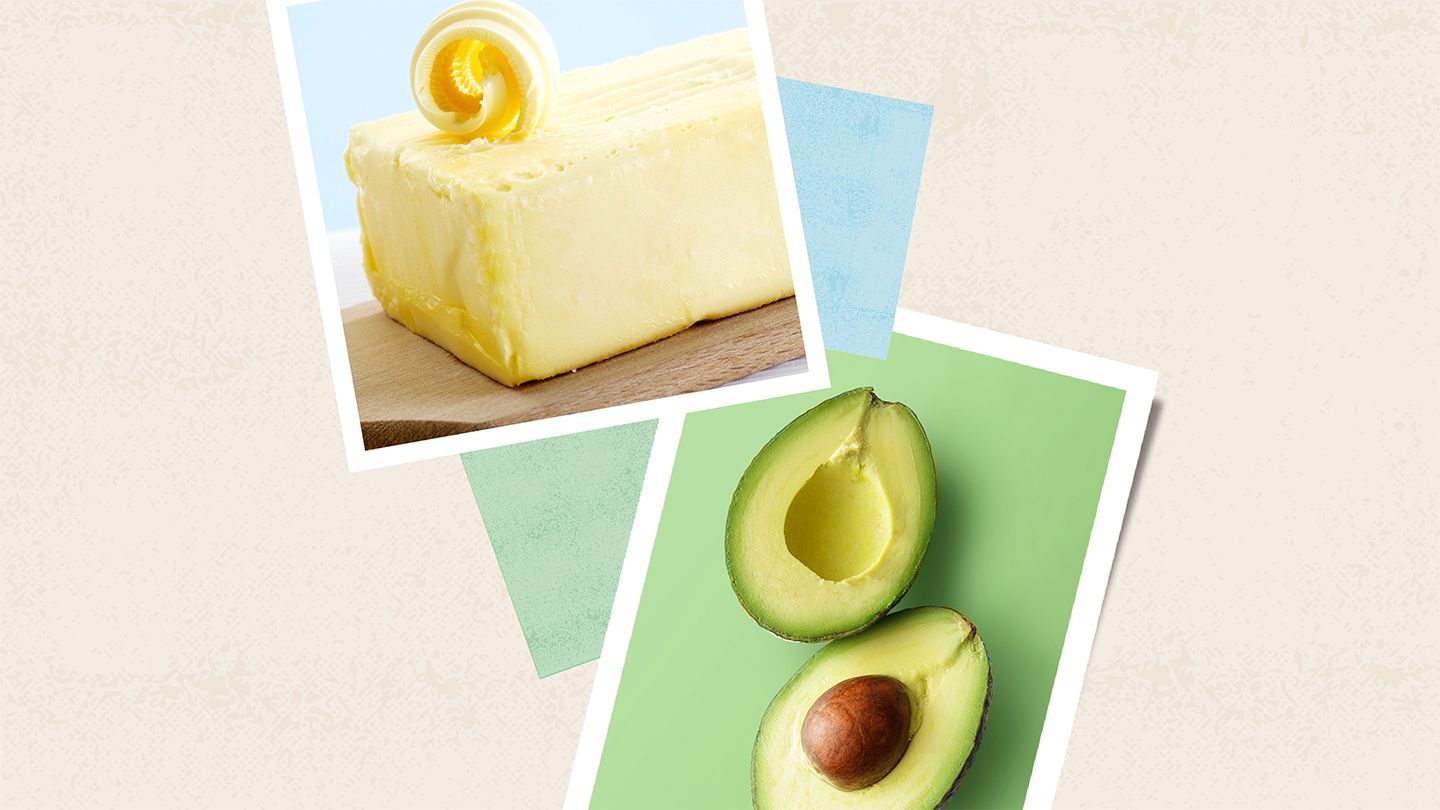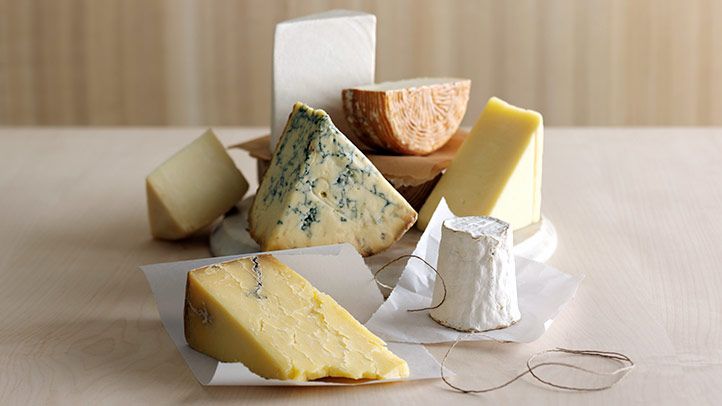What is a 3 Day Sardine Fast?
A 3 day sardine fast is a short-term, restrictive diet that focuses on eating sardines as the main source of nutrients for 3 consecutive days. Some people follow this fast as a way to quickly lose weight, while others do it for purported health benefits like reducing inflammation or improving heart health.
On a standard 3 day sardine fast, you would eat at least one can of sardines at each meal. Sardines are rich in protein, healthy fats, vitamins and minerals. Aside from sardines, the only other foods allowed tend to be non-starchy vegetables and small amounts of nuts or seeds.
This fasting approach is said to offer rapid weight loss by keeping calories very low for a few days. However, it may deprive the body of important nutrients in the long run. As with any restrictive diet, its important to consult a doctor before trying a sardine fast.
Rules and Foods to Eat on a 3 Day Sardine Fast
If you decide to attempt this sardine fast, here are some typical guidelines to follow:
- Eat at least one 4.5 ounce can of sardines at each meal.
- Drink plenty of water, unsweetened tea and black coffee.
- Restrict calories to 500-800 per day.
- Avoid all other types of fish, meat, eggs and dairy.
- Do not eat grains, sweet fruits, starchy vegetables, legumes, nuts/seeds, oils or sweets.
- Limit non-starchy veggies to 1-2 cups per meal.
To maximize nutrition, choose sardines canned in olive oil over water. Eat the soft bones for calcium intake. Pair with spinach, kale, broccoli, cucumbers, peppers and other low carb veggies.
Proposed Benefits of a 3 Day Sardine Fast
Here are some of the touted benefits of following a short sardine fast:
- Rapid weight loss - Severely restricting calories leads to fast weight loss, although much of it is water weight.
- Reduced inflammation - Omega-3s in sardines help lower inflammation levels.
- Heart health - The omega-3 fatty acids also support cardiovascular health.
- Improved digestion - Sardines are easier to digest than many other proteins.
- Increased metabolism - Some claim a sardine fast can give metabolism a short-lived boost.
- Nutrient density - Sardines offer protein, healthy fats, vitamins D, B12 and selenium.
However, there is limited evidence directly linking a 3 day sardine fast to these specific benefits. More research is needed on the potential upsides and downsides of this eating pattern.
Risks and Precautions for a Sardine Fast
Despite some possible benefits, a sardine fast comes with the following risks and considerations:
- Extremely low calorie intake can slow metabolism.
- Nutritional deficiencies are likely over just 3 days.
- High intake of vitamin D, sodium and omega-3s from excessive sardines.
- May cause constipation without enough fiber from produce.
- Significant weight regain is common after short fasts.
- Headaches, fatigue, nausea, irritability and cravings often occur.
- Not safe for those with certain medical conditions or nutritional needs.
To minimize risks, stay well hydrated, eat micronutrient-rich vegetables and take a multivitamin. See a doctor before attempting any fasting diet, especially if you have underlying health issues.
Benefits of Eating Sardines Regularly
While following a 3 day sardine fast may be risky, incorporating sardines into your regular diet offers many benefits. Heres a look at the top health perks of adding these oily, nutrient-packed fish to your meal plan.
High in Omega-3 Fatty Acids
Sardines provide an abundance of anti-inflammatory omega-3 fatty acids EPA and DHA. Omega-3s are linked to benefits like:
- Improved heart and brain health
- Lower blood triglycerides
- Reduced inflammation
- Better mental health and mood
- Healthy aging
Eating sardines 2-3 times per week can help increase omega-3 intake to reduce disease risk and optimize health.
Excellent Source of Vitamin B12
Vitamin B12 is crucial for nerve tissue health, DNA production, cognitive function and mood regulation. Low B12 levels are common, especially with aging.
Just one 3.75 ounce can of sardines contains over 300% of the recommended daily B12 intake. The body effectively absorbs B12 from sardines to replenish stores.
High in Vitamin D
Most people dont get enough immune-boosting vitamin D, but sardines can help fill this nutrient gap. One can provides roughly 63% of the RDI for vitamin D.
Vitamin D is essential for bone health, immune function, mood and chronic disease prevention. Pair sardines with a little sun exposure for your D needs.
Loaded with Selenium
Selenium is a trace mineral with antioxidant properties that plays a role in thyroid hormone regulation. Consuming sardines regularly helps meet the 55 mcg RDI for selenium.
This mineral protects body cells and tissues from damage that can lead to chronic disease. Selenium also supports immune response.
High Quality Protein Source
Sardines provide about 23 grams of satiating protein in each 3.75 ounce can, with only 175 calories. The protein in sardines helps preserve and build lean muscle mass.
Protein also boosts metabolism slightly and regulates hormones that influence appetite and weight. Adding sardine protein to meals keeps you fuller longer.
Rich in Calcium for Bones
Canned sardines with edible soft bones are one of the few natural food sources of highly-absorbable calcium. Calcium is essential for building and maintaining strong bones and teeth.
Adults need 1,000-1,200 mg of calcium daily. Sardines in oil with bones provide over 300 mg per can to boost intake.
May Support Heart Health
As a rich source of omega-3s, selenium and vitamin D, sardines provide a trifecta of nutrients that benefit cardiovascular health. The omega-3s also help lower triglycerides.
Some studies find a link between higher sardine intake and reduced risk of developing heart disease. The compounds in sardines help lower inflammation and oxidative stress.
How to Include Sardines in Your Diet
Here are some simple ways to enjoy sardines regularly to take advantage of their stellar nutritional benefits:
On Toast
Top whole grain or sourdough toast with mashed sardines, sliced tomatoes, onions, mustard and spices like garlic powder, dill and paprika.
In Salads
Flake sardines over any salad for extra protein. Their rich flavor complements greens, nuts, cheeses and vinaigrette dressings. Try them in spinach, kale or endive salads.
With Vegetables
Serve sardines over roasted, sauted or raw veggies. Try them over cooked green beans, cauliflower rice, roasted potatoes or a bed of leafy greens.
In Omelets
Combine diced or mashed sardines with beaten eggs to make a protein-packed veggie omelet. Spinach, onions, peppers and mushrooms taste great.
On Crackers
Top whole grain crackers with sardines, cream cheese, hot sauce, lemon zest, red pepper flakes and fresh dill or parsley for an easy snack or appetizer.
In Pasta
Mix chunks or pureed sardines into pasta dishes like spaghetti, zoodles, or shells. Add sardines to tomato or vodka sauce for extra flavor.
With Beans and Rice
Sardines perfectly complement beans and rice dishes. Try them in burrito bowls, on top of chickpea soup or cooked into jambalaya or dirty rice.
On Pizza
Prepare individual sardine pizzas by topping flatbread or naan with marinara, sardines, olives, peppers, oregano and fresh basil or arugula.
In Tacos
Mix flaked sardines with taco spices and veggies then serve in corn tortillas or lettuce wraps. Top with salsa, avocado and cilantro.
Are Sardines the Healthiest Fish?
Sardines are one of the most nutritious fish you can eat. But how do they compare to salmon, tuna and other popular seafood in terms of health benefits?
Benefits of Salmon
Like sardines, salmon provides omega-3s, vitamin D, selenium and high-quality protein. Some benefits of salmon include:
- Anti-inflammatory effects
- Heart health support
- Improved cognitive function
- Vision and skin health
However, sardines contain up to 3 times more omega-3s per serving compared to salmon. And salmon has higher mercury levels, so sardines are safer to eat frequently.
Benefits of Tuna
Tuna offers protein, omega-3s, selenium, vitamins C, B3, B6 and other nutrients. Potential benefits linked to tuna intake include:
- Lowering triglycerides
- Reducing inflammation
- Improving heart health
- Assisting with weight loss
But due to higher mercury content, tuna should be eaten in limited amounts. Sardines have much lower mercury levels and can be enjoyed more liberally.
Benefits of Mackerel
Like sardines and salmon, mackerel is an oily fish that provides anti-inflammatory omega-3s, vitamin D and selenium. Some linked advantages include:
- Better heart health
- Decreased dementia risk
- Improved bone density
- Healthier aging
However, mackerel has moderate mercury levels that warrant occasional consumption. Sardines are one of the lowest mercury fish.
The Verdict
While all oily fish confer benefits, sardines stand out as one of the most nutritious. Their stellar omega-3 content is unmatched. And theyre one of the few fish low enough in mercury to enjoy multiple times per week.
Aim to incorporate sardines into your diet 2-3 times per week. Their combination of protein, healthy fats and vital micronutrients makes them a true superfood.
Potential Downsides of Eating Sardines
Sardines offer an array of nutrients that benefit health and wellbeing. However, there are a few potential downsides to keep in mind when adding them to your diet.
High in Sodium
Canned sardines can be quite high in sodium, with 400-500 mg per can. Consuming too much sodium raises blood pressure and heart disease risk.
Opt for low-sodium versions or drain and rinse sardines before eating to reduce excess salt. Pair them with unprocessed foods.
Contains Purines
Purines are natural compounds converted to uric acid in the body. People prone to gout and kidney stones may need to limit purine-rich foods like sardines.
However, research shows combining sardines with vegetables helps prevent uric acid buildup. So enjoy sardines in moderation along with produce.
Risk of Heavy Metal Exposure
Larger, longer living fish tend to accumulate more mercury and other heavy metals. But smaller sardines are actually quite low in mercury compared to many fish.
Pregnant women and young children should take extra care to choose low mercury seafood like sardines. Canned and farmed varieties are safest.
Allergies and Sensitivities
Some people are allergic to fish or iodine used in canning which can cause symptoms like hives, rashes and facial swelling. Discontinue sardines if any allergy symptoms develop.
Its also possible to have sensitivities to sardines. Try eliminating them for a period if you suspect they may be contributing to health issues.
High Vitamin D and Omega-3s
Eating several cans of sardines daily could potentially lead to excessive intake of vitamin D or omega-3s. Stick to recommended serving sizes.
Discuss any interactions with current medications you take. While sardines are very healthy overall, anything eaten in extreme excess could have adverse effects.
How to Choose the Healthiest Canned Sardines
To maximize the impressive nutritional benefits of sardines, purchase and prepare them with care. Follow these tips for choosing the healthiest canned sardine options:
Go for Wild-Caught
Wild sardines have a better omega-3 content compared to farmed varieties. They also have less contaminants and come from more sustainable fisheries.
Select Skinless and Boneless
Sardines with skin and bones supply extra calcium, but the soft bones are not ideal for everyone. Opt for skinless, boneless cuts if you prefer an easier texture.
Choose Water-Packed
Sardines canned in water retain more of their natural oils and omega-3s compared to vegetable oil-packed options. Water-packed is healthier.
Go for Low Sodium Versions
To reduce excess sodium intake, look for low sodium, no salt added or salt free sardine options when possible. Rinsing also helps.
Check the Ingredients
Avoid sardines packed in soybean, canola or other inflammatory oils. Also steer clear of added preservatives, flavors and colors. Short ingredients lists are best.
Watch Out for Cans
Only purchase sardines in BPA-free cans to avoid hormone disruptors leaching into the fish. Glass jars are another healthy option.
Read Sustainability Ratings
Opt for sardine brands rated green or yellow by the Marine Stewardship Council or certified by Friends of the Sea. These indicate more sustainable practices.
The Takeaway on 3 Day Sardine Fasts and Eating Sardines Regularly
While a very short term 3 day sardine fast may offer some benefits like quick weight loss or reduced inflammation, it is an extreme diet and the risks likely outweigh potential upsides.
However, incorporating nutritious sardines into your regular balanced diet 2-3 times per week can provide anti-inflammatory omega-3s, protein, vitamins and minerals that support brain, heart, bone
FAQs
What can you eat on a 3 day sardine fast?
On a 3 day sardine fast, you would eat at least one can of sardines at each meal along with non-starchy vegetables like leafy greens, broccoli and peppers. Avoid all other foods like meat, eggs, dairy, grains and fruits.
What are the risks of a sardine fast?
Risks include nutritional deficiencies from lack of nutrients, high intake of vitamin D and sodium, weight regain after the fast, headaches, fatigue, nausea, constipation, and other side effects.
How often should you eat sardines?
Aim to eat sardines 2-3 times per week as part of a balanced diet. This provides anti-inflammatory omega-3s and other nutrients without consuming too much vitamin D or sodium from sardines.
Are sardines the healthiest fish?
Sardines are one of the healthiest fish to eat. They have the highest omega-3 content and lowest mercury levels compared to salmon, tuna and mackerel. Sardines are a sustainable choice.
How do you incorporate more sardines into your diet?
Add sardines to salads, pastas, pizzas, tacos, toast, eggs, rice bowls, vegetables, crackers and more. Use them in place of other protein sources 2-3 times weekly.
Disclaimer: This article is for informational purposes only and does not constitute medical advice. Always consult with a healthcare professional before starting any new treatment regimen.
Related Coverage
Keto gummies may help promote ketosis, energy, and mental clarity, but also carry risks like GI issues. Learn safety, dosage, side effects to determine if keto gummies are right for you....
Get tips for conveniently finding high-protein foods while out running errands, at work, traveling, or near home. Learn the best sources and how to prepare protein-rich meals....
Most types of seaweed are low in carbs and suitable for a keto diet. Seaweed provides nutrients and benefits like aiding digestion, reducing inflammation, and supporting brain and thyroid health....
Sake's low carb and calorie profile make it a solid keto alcohol option. Learn how sake fits into keto, its health benefits, and tips for drinking sake on a ketogenic diet....
Frankincense, rosemary, lavender, tea tree, chamomile and other essential oils can help relieve diseases driven by chronic inflammation through antioxidant and anti-inflammatory effects....
Find out the exact carb count in 1 tablespoon of cream cheese. Learn how cream cheese fits into a keto diet along with tips for low-carb recipes....
Learn which foods to avoid when you have gallbladder issues. A gallbladder diet limits fried fare, fatty meats, full-fat dairy, and other problematic foods....
Discover how calories in cheeses like cheddar, mozzarella, Swiss, goat cheese and more compare per cup measurement. Learn to balance your favorite cheeses while managing calories....
Get the scoop on the best and worst cheeses for a low carb or keto diet. Discover which high and low lactose cheeses to choose plus delicious cheese recipes....
Discover delicious and nutritious ketogenic diet recipes perfect for women seeking to lose weight and improve health. This guide covers keto meal prep tips, essential kitchen tools, and recipes....









